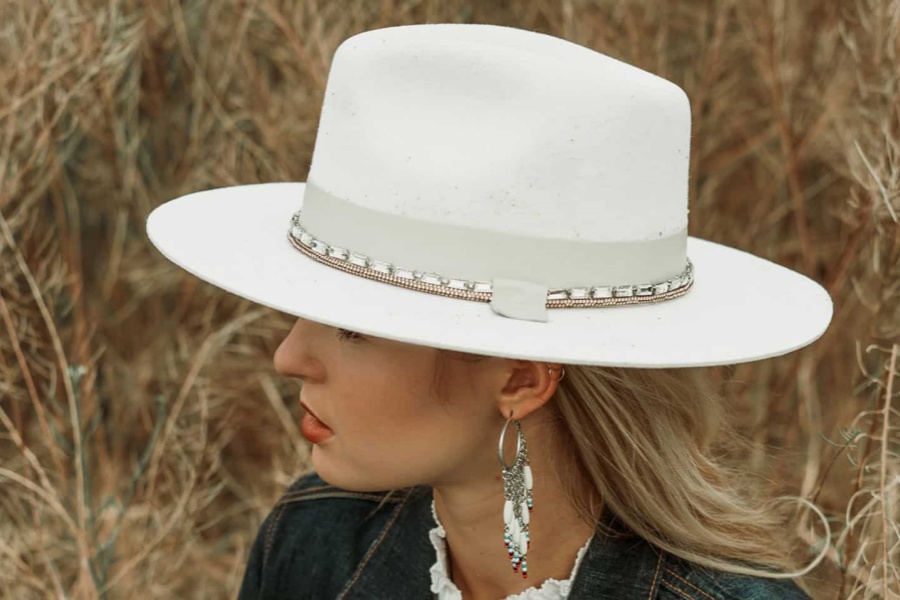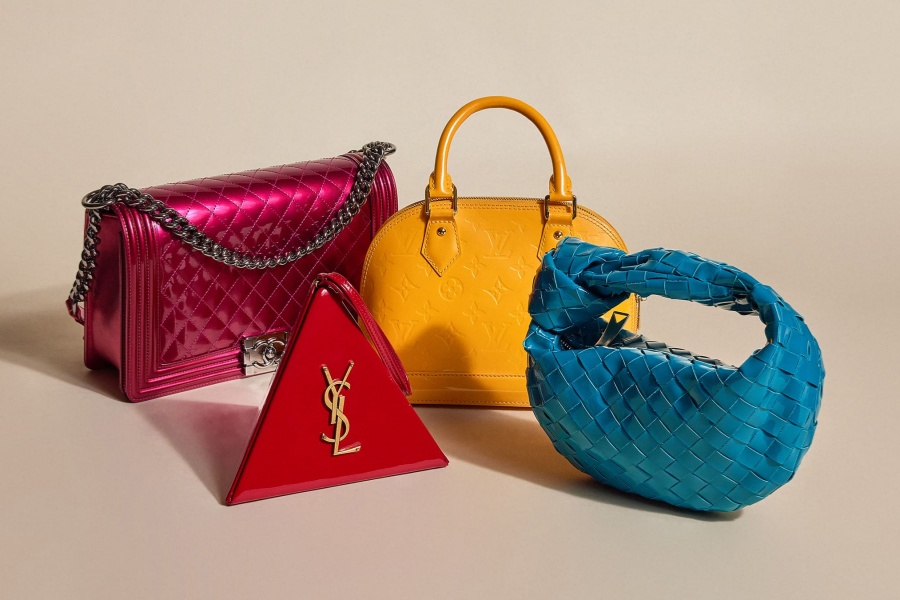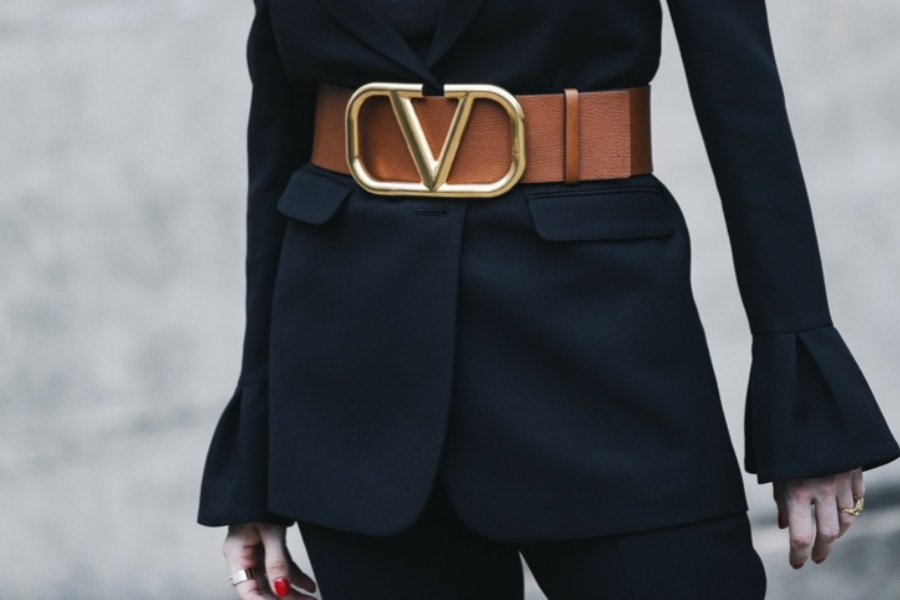Historically, hats have played significant roles in various cultures. In ancient Egypt, they were worn to denote social status, while in medieval Europe, they often indicated one’s profession. The 18th and 19th centuries saw hats become essential elements of formal attire, with styles like the tricorne and bowler hat becoming synonymous with sophistication. Even today, certain hats are associated with specific professions or events, such as the chef’s toque or the wide-brimmed sun hat worn at summer races.
One of the most intriguing aspects of hats is their versatility. A well-chosen hat can elevate a simple outfit, adding a touch of flair and personality. Whether it’s a classic fedora, a chic beret, or a playful floppy hat, each style offers a unique way to express individual taste.

Hats can be a statement piece or a subtle complement, allowing wearers to adapt their look for different occasions, from casual outings to formal events.
Beyond their aesthetic appeal, hats often carry emotional significance. Many people cherish hats passed down through generations, each one telling a story of its own. A favorite baseball cap might evoke memories of sunny afternoons at the ballpark, while a stylish wide-brimmed hat could remind someone of a cherished vacation. These emotional connections transform hats from simple accessories into treasured keepsakes that embody personal history.
Sustainability is also becoming increasingly relevant in the world of hats. As consumers become more conscious of their environmental impact, many brands are exploring eco-friendly materials and practices.

Recycled fabrics, organic cotton, and ethical production methods are gaining popularity, allowing fashion enthusiasts to make responsible choices without sacrificing style. This shift not only supports the planet but also encourages a new appreciation for craftsmanship and quality.
Moreover, hats have become a canvas for artistic expression. Designers collaborate with artists to create unique, eye-catching pieces that reflect contemporary culture and trends. From bold colors to intricate embellishments, these designs allow individuals to showcase their creativity and stand out from the crowd.
In conclusion, hats are timeless accessories that blend functionality with style. Their rich history, emotional resonance, and adaptability make them compelling elements of fashion. Whether worn for protection, style, or personal expression, hats continue to captivate, proving that they are much more than mere headwear—they are essential pieces of identity and creativity.






